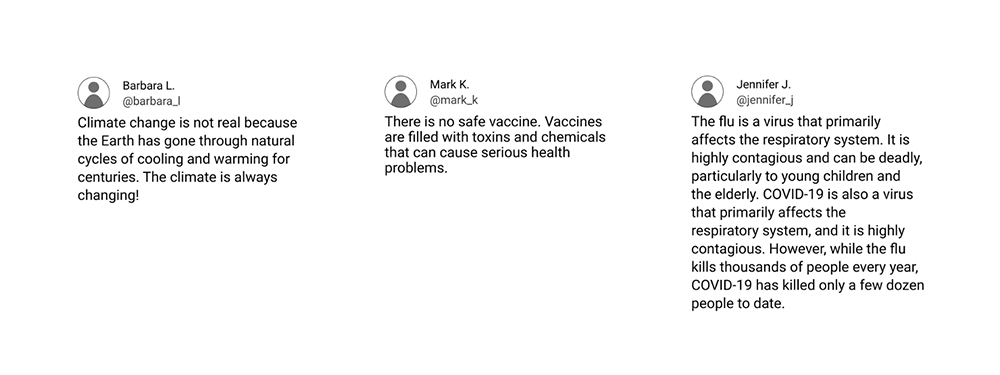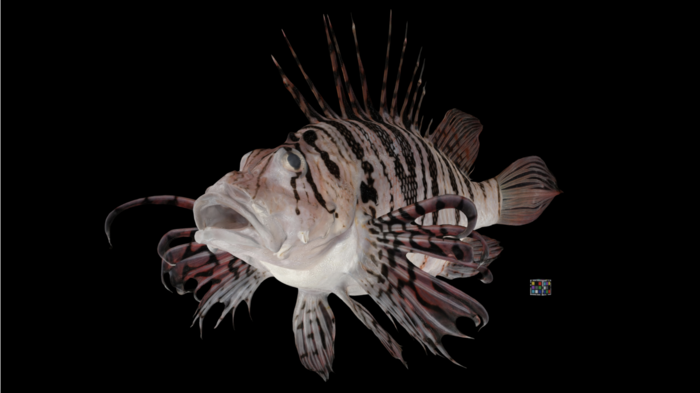The random information posted online could be used to generate information about biodiversity and its conservation.
Tag: Digital Data
Do digital technologies offer a better way to loan people money?
A new paper in the Quarterly Journal of Economics, published by Oxford University Press, finds that a new form of digital technology—essentially preventing people from using an asset for which they have a loan if they don’t make payments, rather than repossessing the asset itself—may be a better way for lenders to secure loans, particularly for loan recipients in developing countries.
Complex tree canopies help forests recover from moderate-severity disturbances
Extreme events wipe out entire forests, dramatically eliminating complex ecosystems as well as local communities.
New model reduces bias and enhances trust in AI decision-making and knowledge organization
University of Waterloo researchers have developed a new explainable artificial intelligence (AI) model to reduce bias and enhance trust and accuracy in machine learning-generated decision-making and knowledge organization.
World first: Researchers create CO2 measurement tool to calculate emissions caused by digital data
A unique carbon footprint tool has been created to allow businesses to measure the CO2 output of their digital data. By using the tool companies can make data-driven decisions that benefit the environment and save money by reducing reliance on carbon offsetting schemes.

GPT-3 informs and disinforms us better
A recent study conducted by researchers at the University of Zurich delved into the capabilities of AI models, specifically focusing on OpenAI’s GPT-3, to determine their potential risks and benefits in generating and disseminating (dis)information.
Amid volumes of mobile location data, new framework reduces consumers’ privacy risk, preserves advertisers’ utility
In a new study, researchers used machine learning to create and test a framework that quantifies personalized privacy risks; performs personalized data obfuscation; and accommodates a variety of risks, utilities, and acceptable levels of risk-utility tradeoff.
When it comes to satellite data, sometimes more is more
Researchers at Stevens Institute of Technology have now created a digital platform that enables dozens of organizations to model information exchanges between fleets of orbital devices and land-based antennae to manage complex earth science problems such as spotting wildfires.
Technology advance paves way to more realistic 3D holograms for virtual reality and more
Researchers have developed a new way to create dynamic ultrahigh-density 3D holographic projections. By packing more details into a 3D image, this type of hologram could enable realistic representations of the world around us for use in virtual reality and other applications.
Smart watches could predict higher risk of heart failure
The peer-reviewed study, published in The European Heart Journal – Digital Health, looked at data from 83,000 people who had undergone a 15-second electrocardiogram (ECG) comparable to the kind carried out using smart watches and phone devices.

3D flora and fauna at your fingertips
Reporting in Research Ideas and Outcomes, a Kyushu University researcher has developed a new technique for scanning various plants and animals and reconstructing them into highly detailed 3D models.
‘Pulling back the curtain’ to reveal a molecular key to The Wizard of Oz
Researchers reporting in ACS Central Science have developed a durable molecular encryption key from sequence-defined polymers that are built and deconstructed in a sequential way. They hid their molecular key in the ink of a letter, which was mailed and then used to decrypt a file.